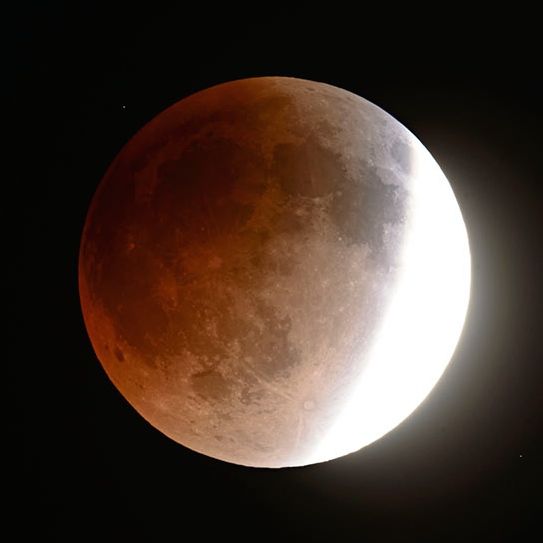Caroline Delbert
- The U.S. Department of Energy (DoE) is looking for technology partners to help power the moon.
- This could begin a project that later includes powering a Mars surface mission.
- The Union for Concerned Scientists doesn’t want highly enriched uranium in space.
Scientists at the U.S. Department of Energy’s (DoE) Idaho National Laboratory have a new design for a nuclear power plant they say could allow humans to more easily live on the moon. As part of a form plan, the scientists say they want to have the fission reactor, safe launch, and landing system ready by 2026.
What are the challenges of generating nuclear energy on the moon?

Designing this special reactor is kind of like adapting terrestrial technology to be mounted on, say, a residential sailboat. The fundamentals can be the same, but there are limitations because of the different environment. A power plant for the moon must be almost totally self-sufficient and run without the influence of gravity or Earth’s atmosphere. It has to be light and small enough that everything can be lifted into space.
Design Development Today reports that the Union of Concerned Scientists expressed, well, concerns:
“Edwin Lyman, director of Nuclear Power Safety at the Union of Concerned Scientists, a nonprofit, said his organization is concerned the parameters of the design and timeline make the most likely reactors those that use highly enriched uranium, which can be made into weapons. Nations have generally been attempting to reduce the amount of enriched uranium being produced for that reason.”
While the Idaho National Laboratory and the DoE broadly are pushing for “advanced” reactor technology in terms of issues like modularity and safety, the “parameters of the design and timeline” they refer to—in this case advocating for a small, reliable, space-friendly design in just 6 years—almost definitely rules out the modular reactors being developed and certified now.
To fully test and regulate these reactors—and design the special edition to send to the moon in this timeframe—is probably impossible. To rush any nuclear approval is a terrible idea, not just for safety, but also for a public that’s already shy about nuclear energy.
Technology like thorium fuel is still far from ready for the market. Low-enriched uranium, meanwhile, is a good alternative, and it already powers many nuclear plants on Earth. But a reactor that must weigh just a few tons is more like the ones that currently power nuclear submarines and icebreakers. They use much denser fuel sources because of the size constraints.
🤝 You love nuclear. We love nuclear. Let’s nerd out over it together.
DoE officials say the only purpose of this plant is to help power everything associated with an effort to explore the moon’s south pole. And their formal request means they’ll receive ideas from all over the existing nuclear research infrastructure, so there’s no guarantee the best solution will require highly enriched uranium at all.
Nuclear startup NuScale’s modular reactor uses low-enriched uranium, for example, but couldn’t meet the requirements for the moon without some modification and further development.
In a statement, Idaho National Laboratory says the reactor solution it hopes to find for the moon could also be adapted and applied for future Mars missions. That will present even more challenges, but Elon Musk has suggested a nuclear reactor as a propulsion system to help people get to Mars. Maybe, like the combination Pizza Hut and Taco Bell, we’ll end up with the best of both worlds.














